 Trichotillomania is a type of psychological condition referred as hair pulling disorder that involves recurrent and irresistible urge to pull out hair from the scalp, eyebrows or other areas of your body, despite trying to stop.
Trichotillomania is a type of psychological condition referred as hair pulling disorder that involves recurrent and irresistible urge to pull out hair from the scalp, eyebrows or other areas of your body, despite trying to stop.
Among many other reasons that are causes of hair loss, trichotillomania is one condition due to which hair on the scalp thin out and shed. Constant hair pulling from the scalp leaves patchy bald spots, which causes distress and can interfere with social functioning. In some cases, trichotillomania is mild and generally manageable. For others, the compulsive urge to pull hair is excessive. Some treatment options have helped many people reduce their hair pulling or stop entirely.
Signs and symptoms:
-
Increasing sense of tension before pulling or trying to resist pulling
-
A sense of relief or pleasure after pulling hair
-
Repeated urge of pulling the hair out, typically from the scalp, eyebrows or eyelashes
-
Biting, chewing or eating pulled-out hair
-
Shortened hair or bald areas on the scalp or other areas of your body, including missing eyebrows or eyelashes
-
Playing with pulled-out hair or rubbing it across the face or lips
In some cases, the trichotillomania patients also pick their skin, chew their lips or bite their nails. Sometimes pulling hairs from pets or dolls or from materials, such as clothes or blankets, may be a sign.
Trichotillomania is a chronic disorder and the symptoms can vary in severity over time. For example, the hormonal changes of menstruation can worsen symptoms in women. Though, the actual cause of trichotillomania is unclear, but like many complex disorders, trichotillomania probably results from a combination of genetic and environmental factors.
Complications with trichotillomania includes:
-
Patients with this kind of disorder may feel embarrassed and because of the hair loss they may avoid social activities and work opportunities.
-
Another problem that is seen in such patients is damage in the skin condition. The constant pulling can cause abrasions and other damage, including infections, to the skin on your scalp or the specific area where hair is pulled.
-
Patients with trichotillomania develop a feeling of shame, humiliation and embarrassment and experience low self-esteem, anxiety and depression because of their condition.
Treatments
Though, there are very few treatment solutions available, some treatment options have helped many people reduce their hair pulling or stop entirely.
Wigs
Many individuals with this condition prefer wearing wigs while socializing. Wigs made out of human hair helps them to cover bald patches and avoid embarrassments. However, treating the condition at the earliest is important as the urge may become irresistible and can embarrass you.
Psychotherapy
This type of therapy helps you learn how to recognize situations where you’re likely to pull hair and how to substitute other behaviors instead. For example, you might clench your fists for a period to “freeze” the urge, or redirect your hand from your hair to your ear.


